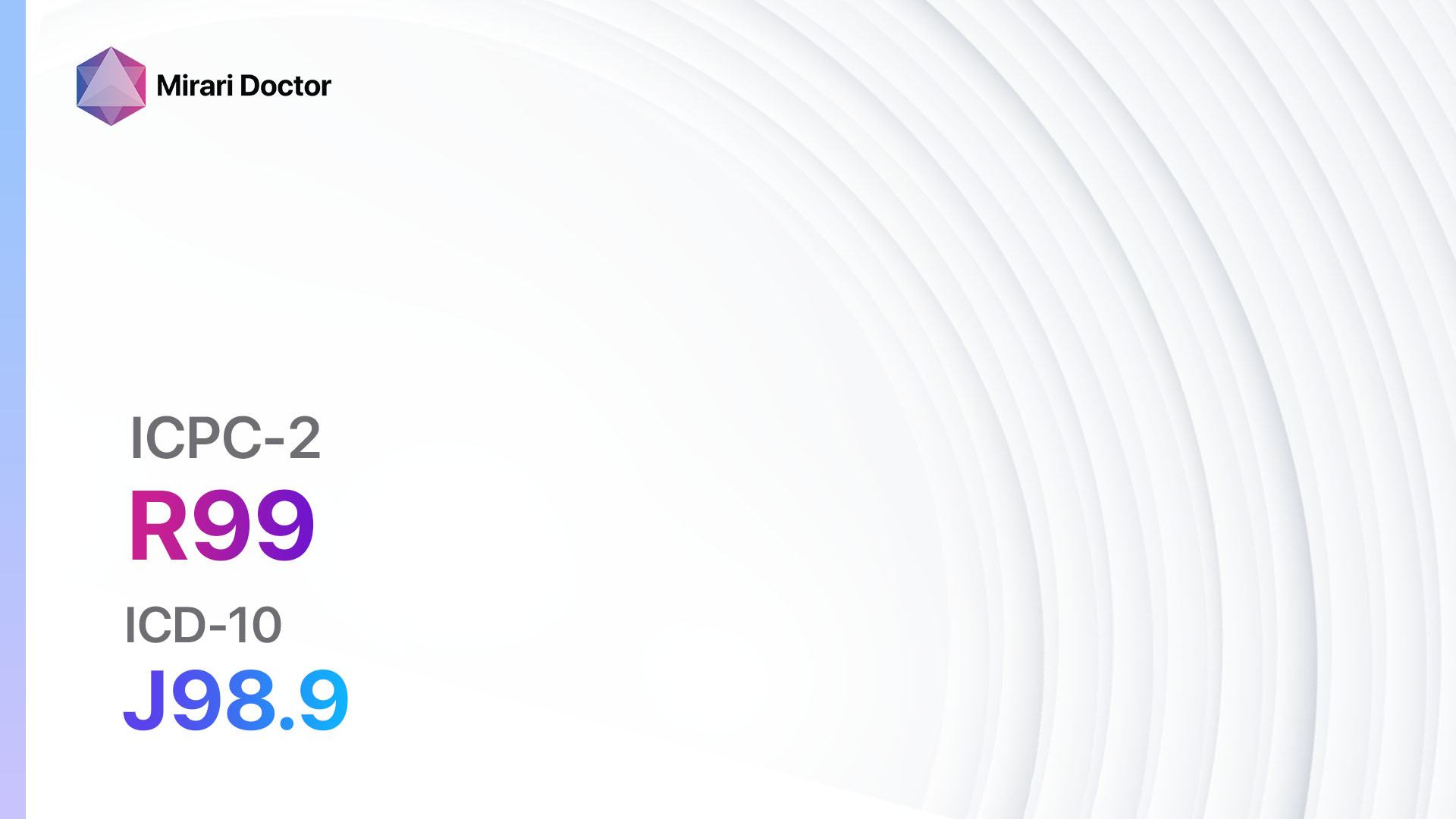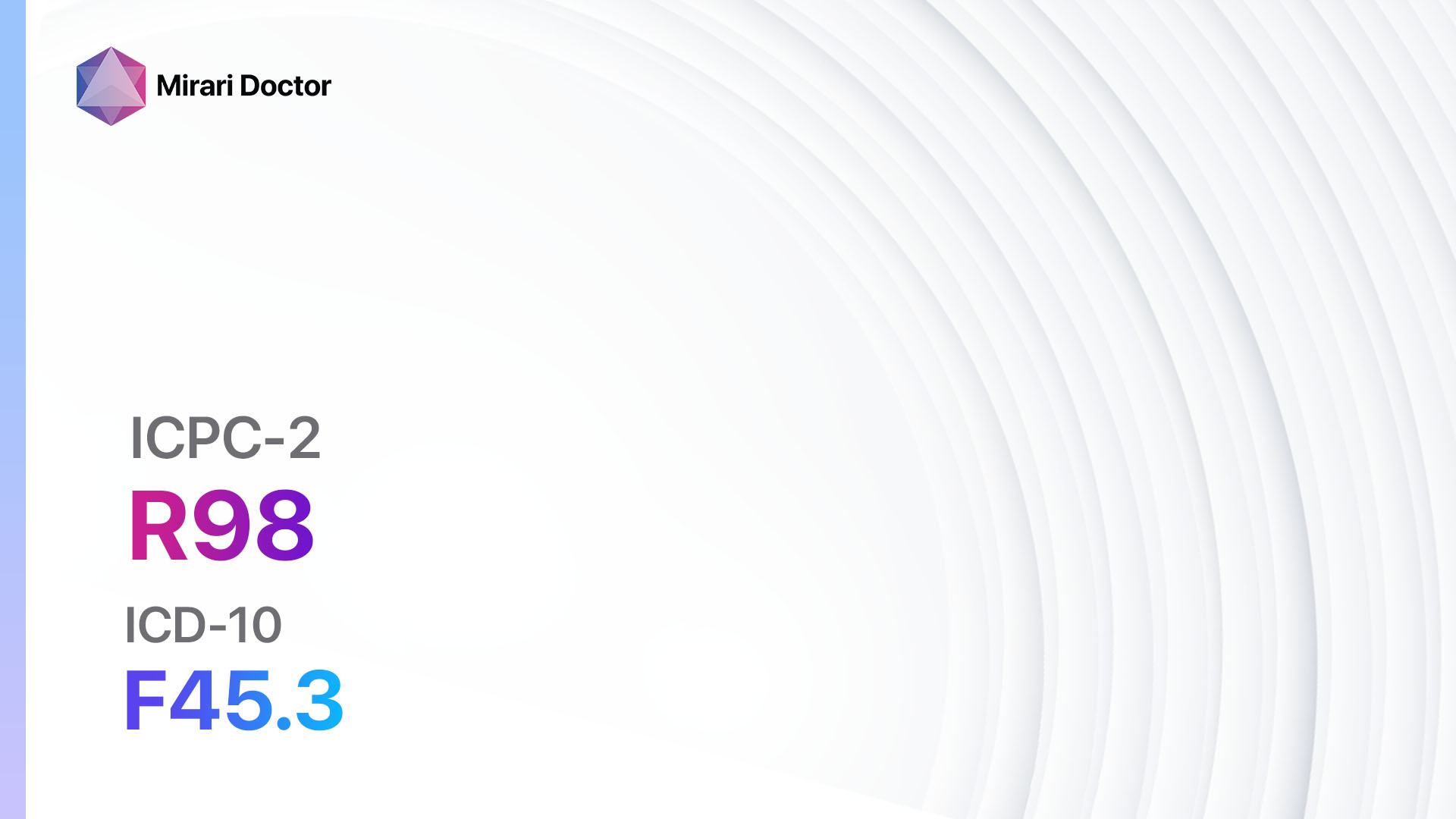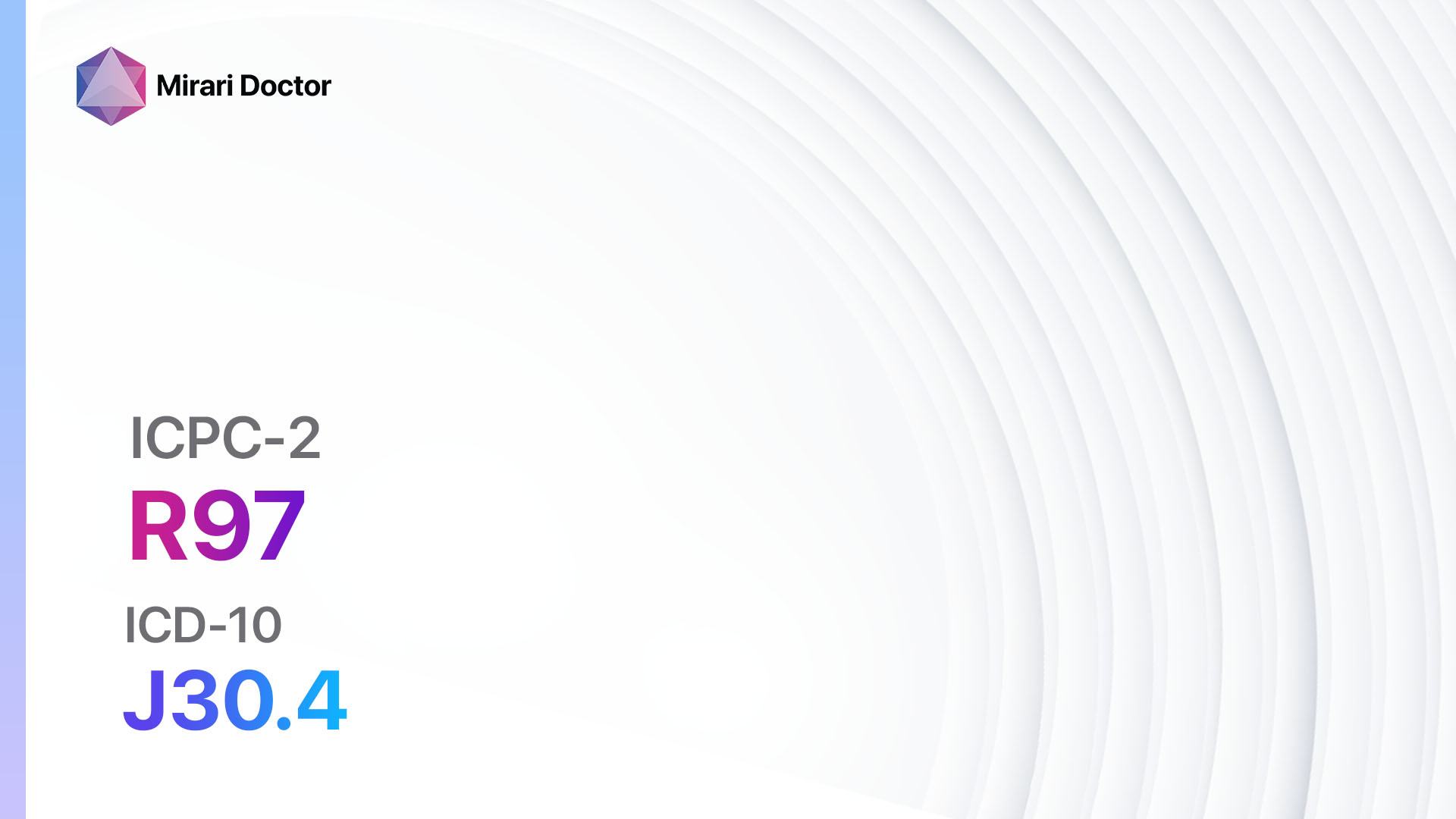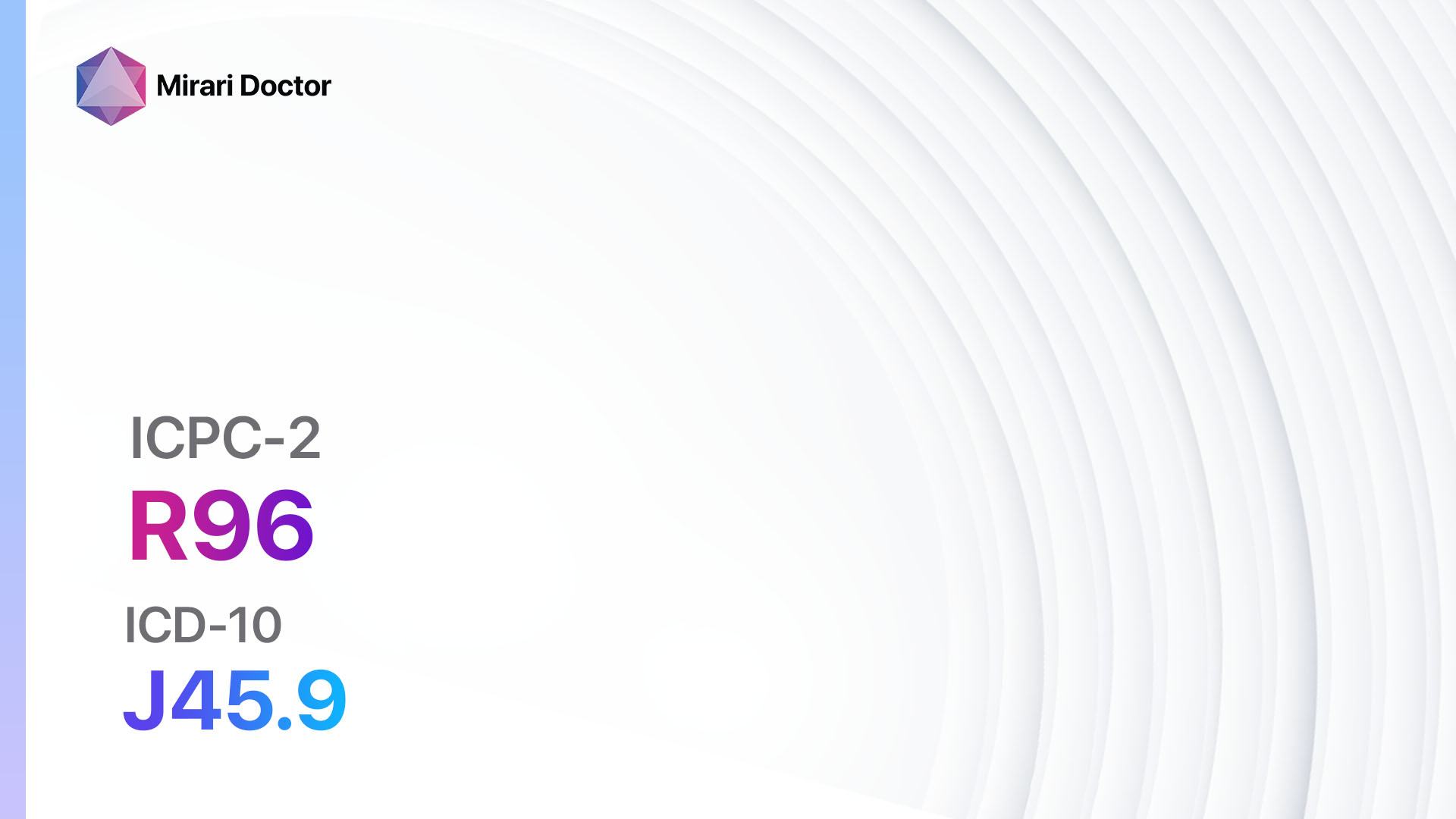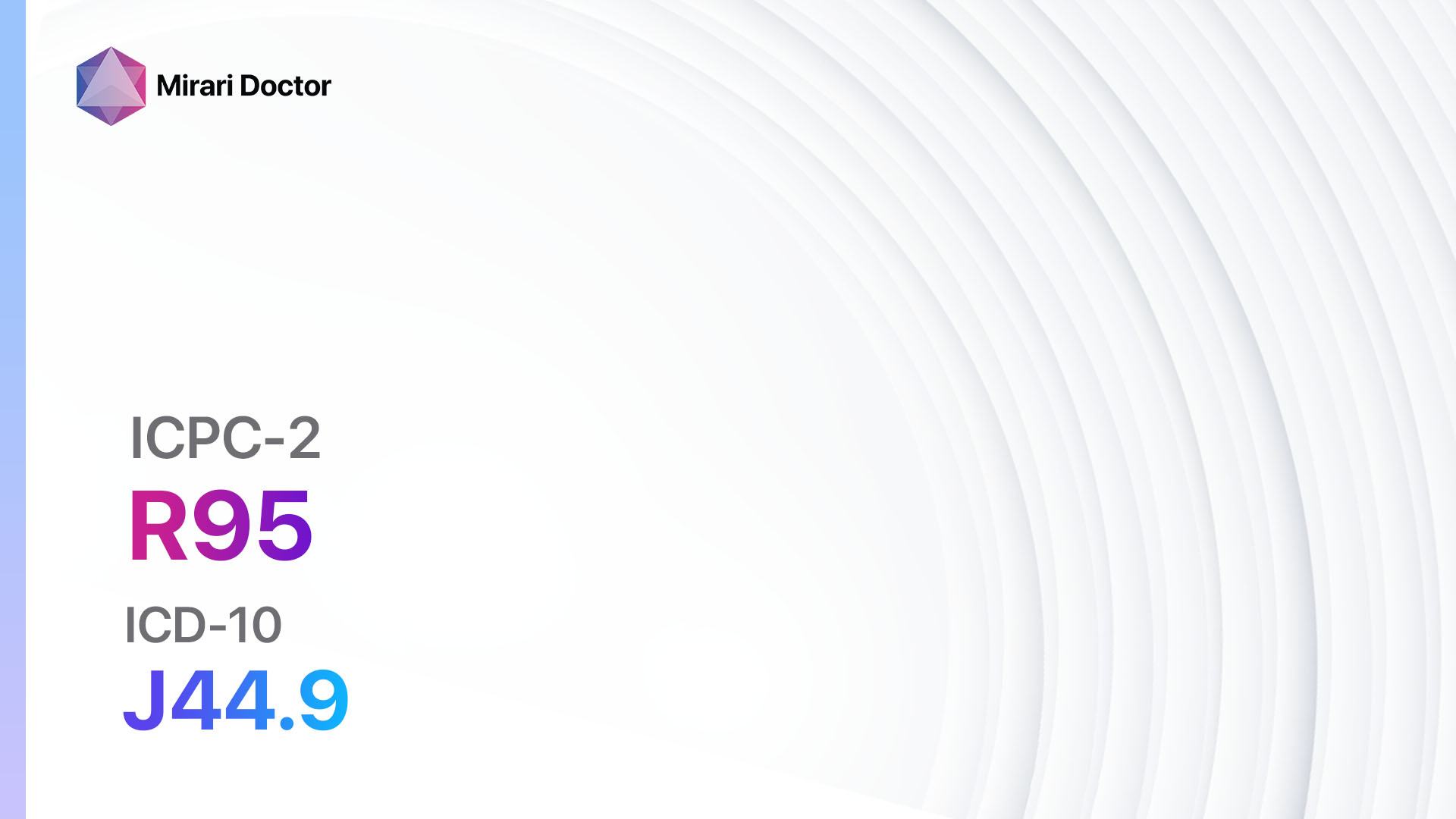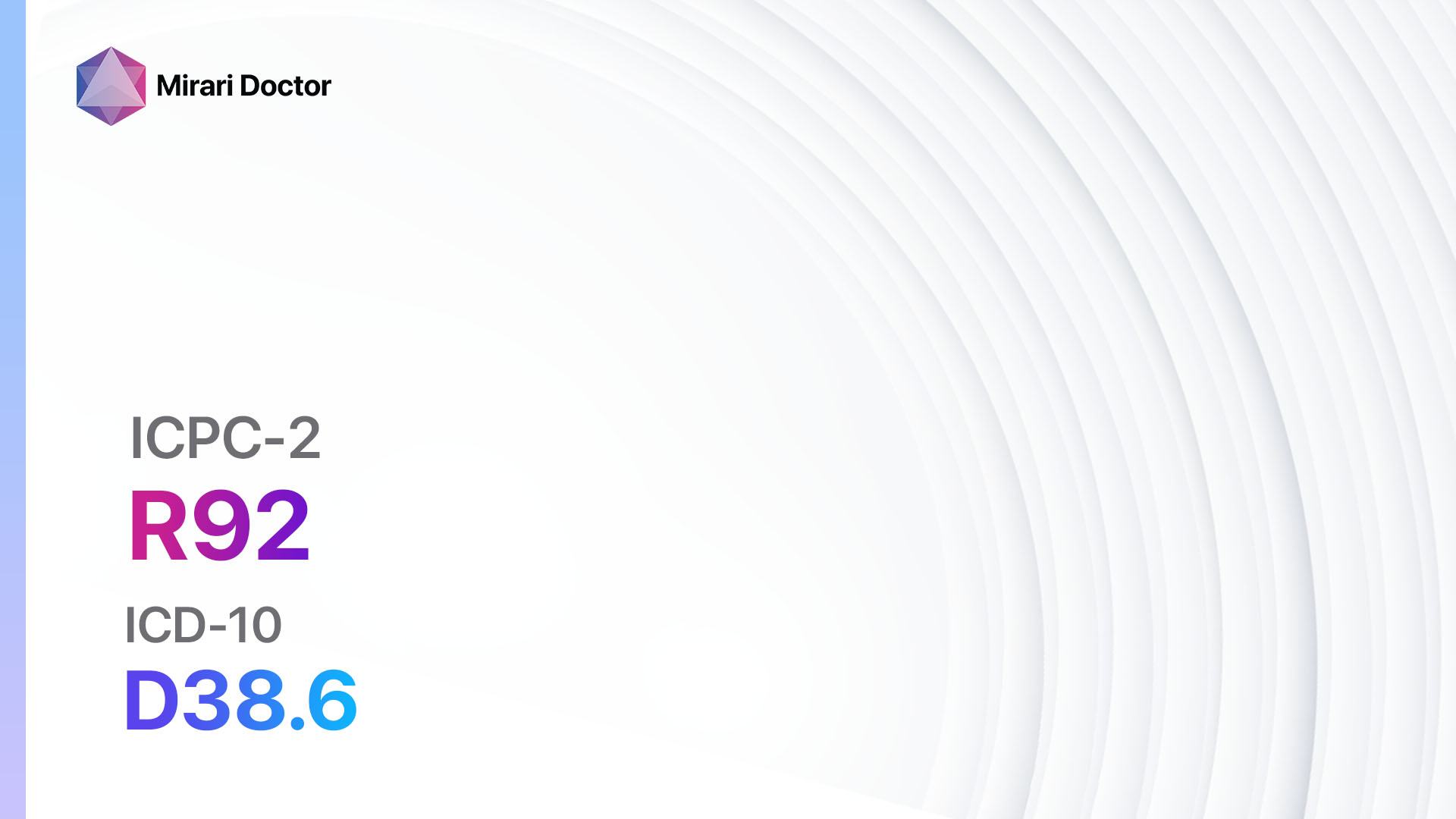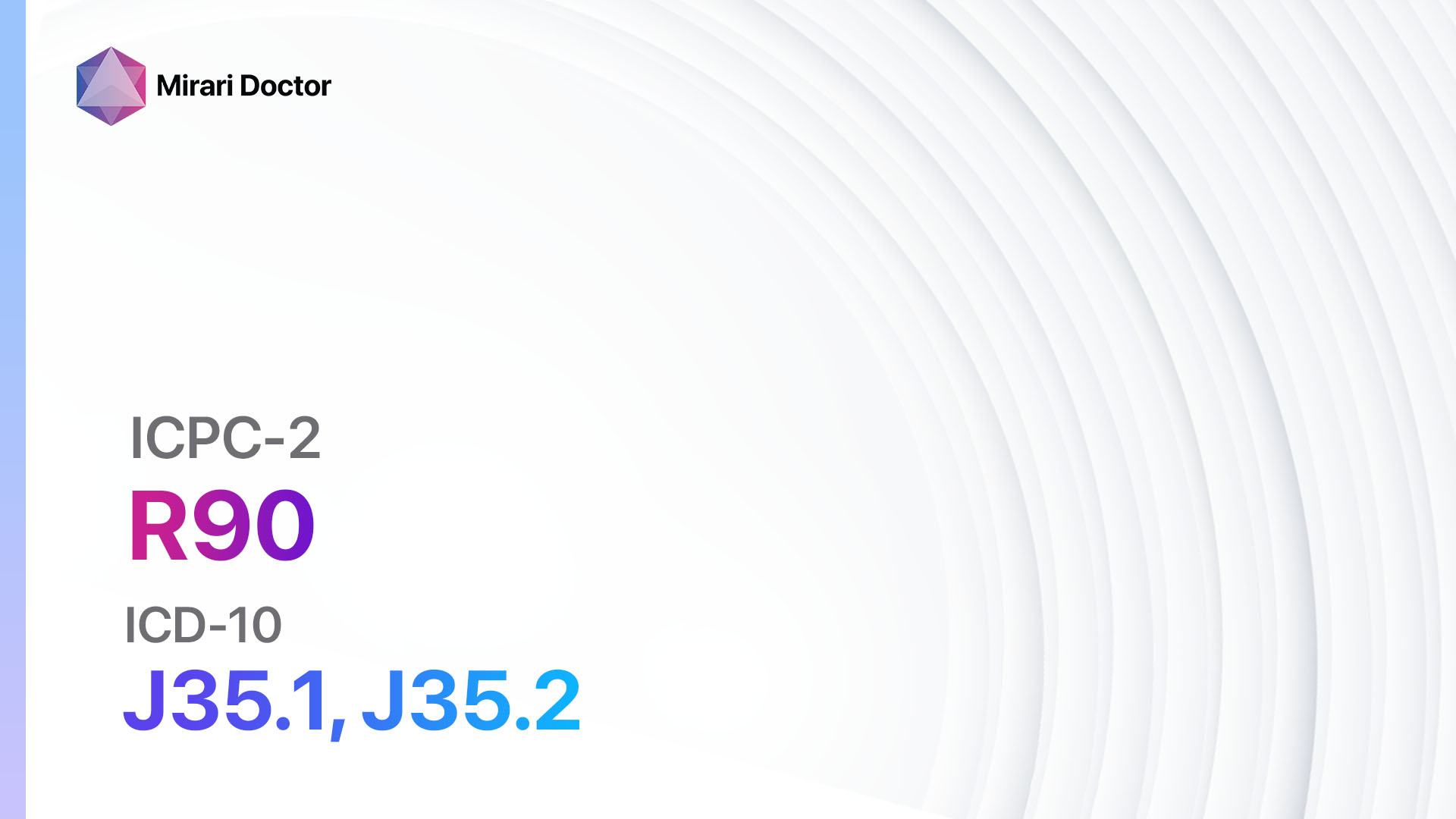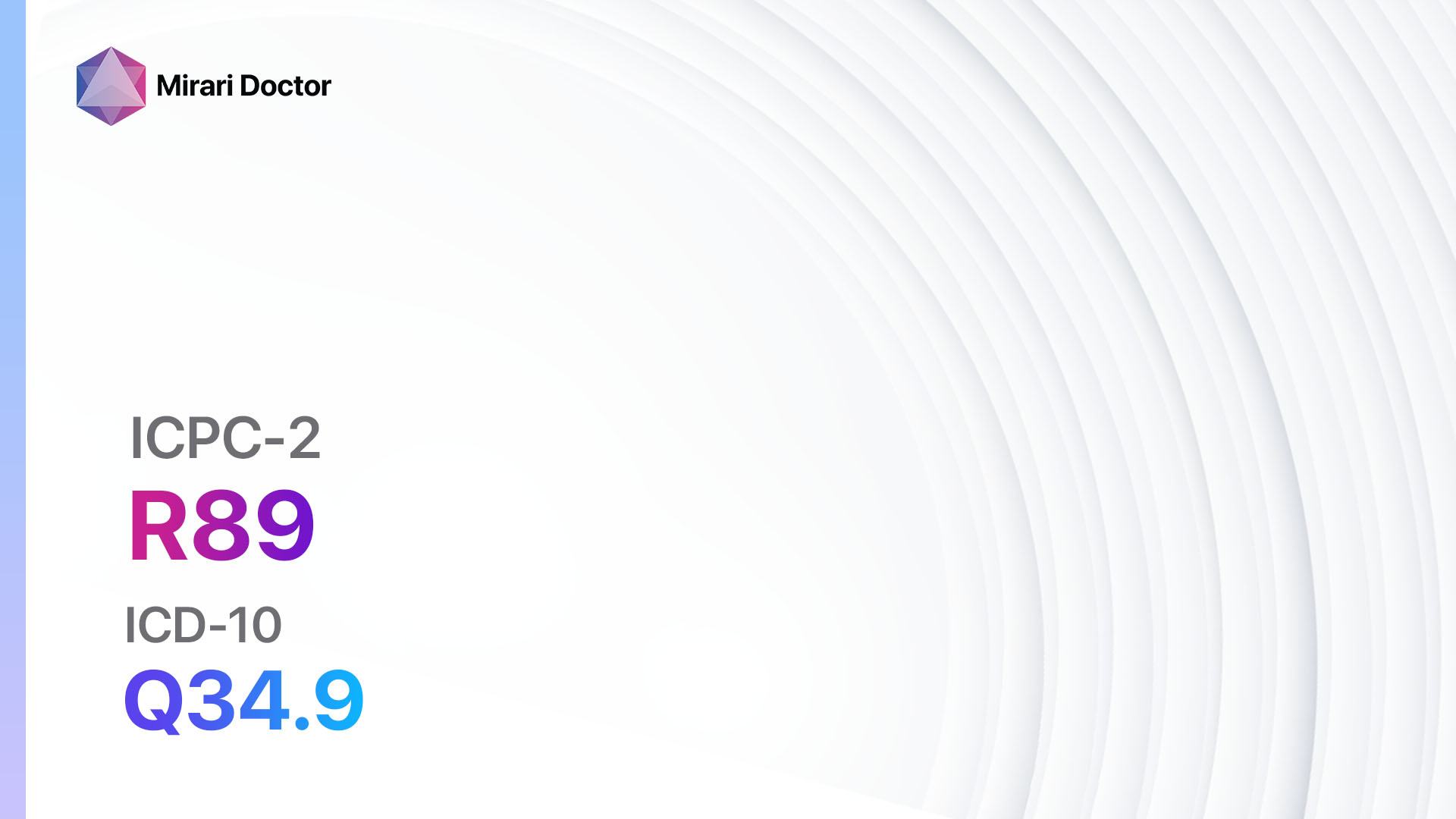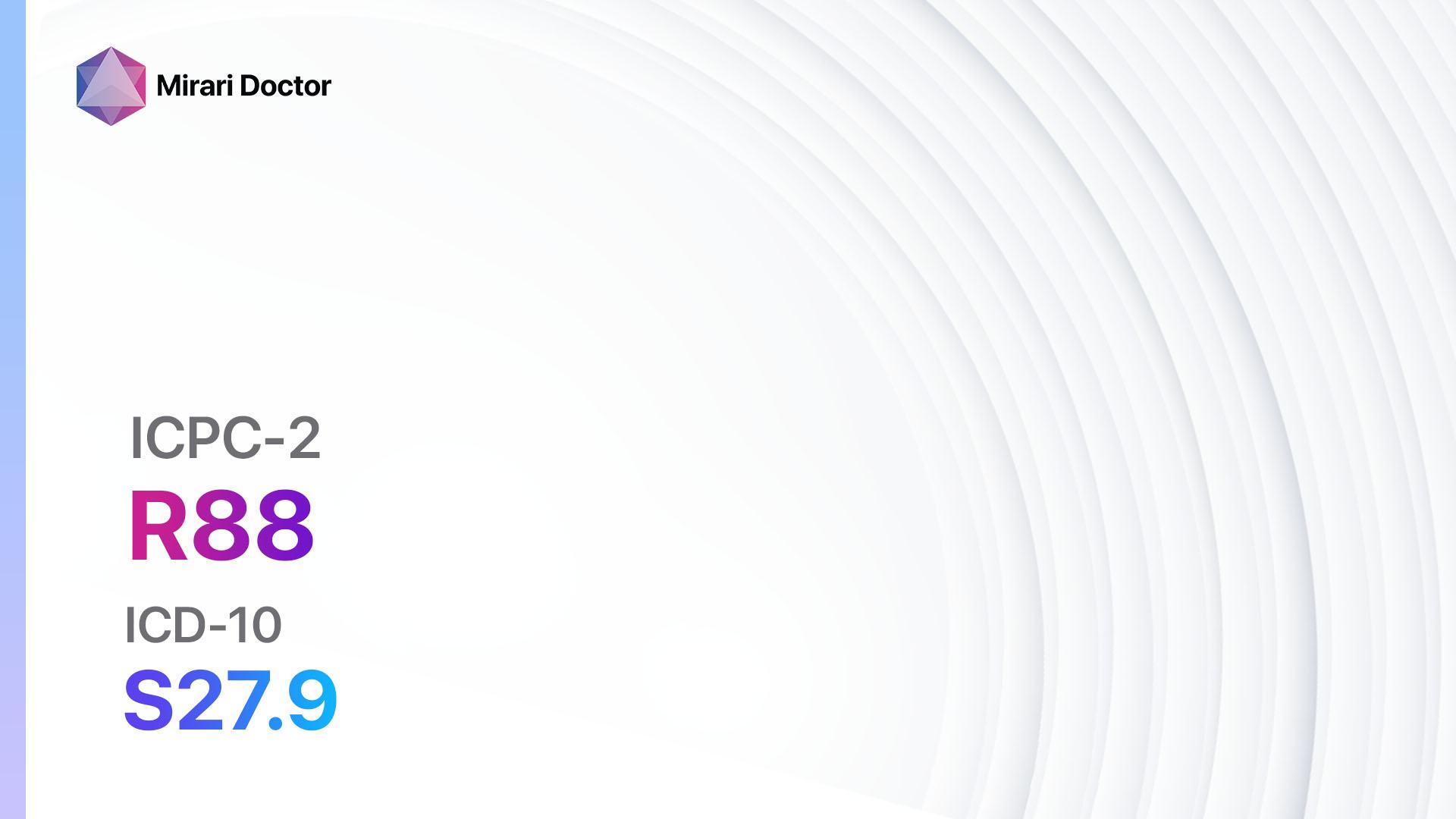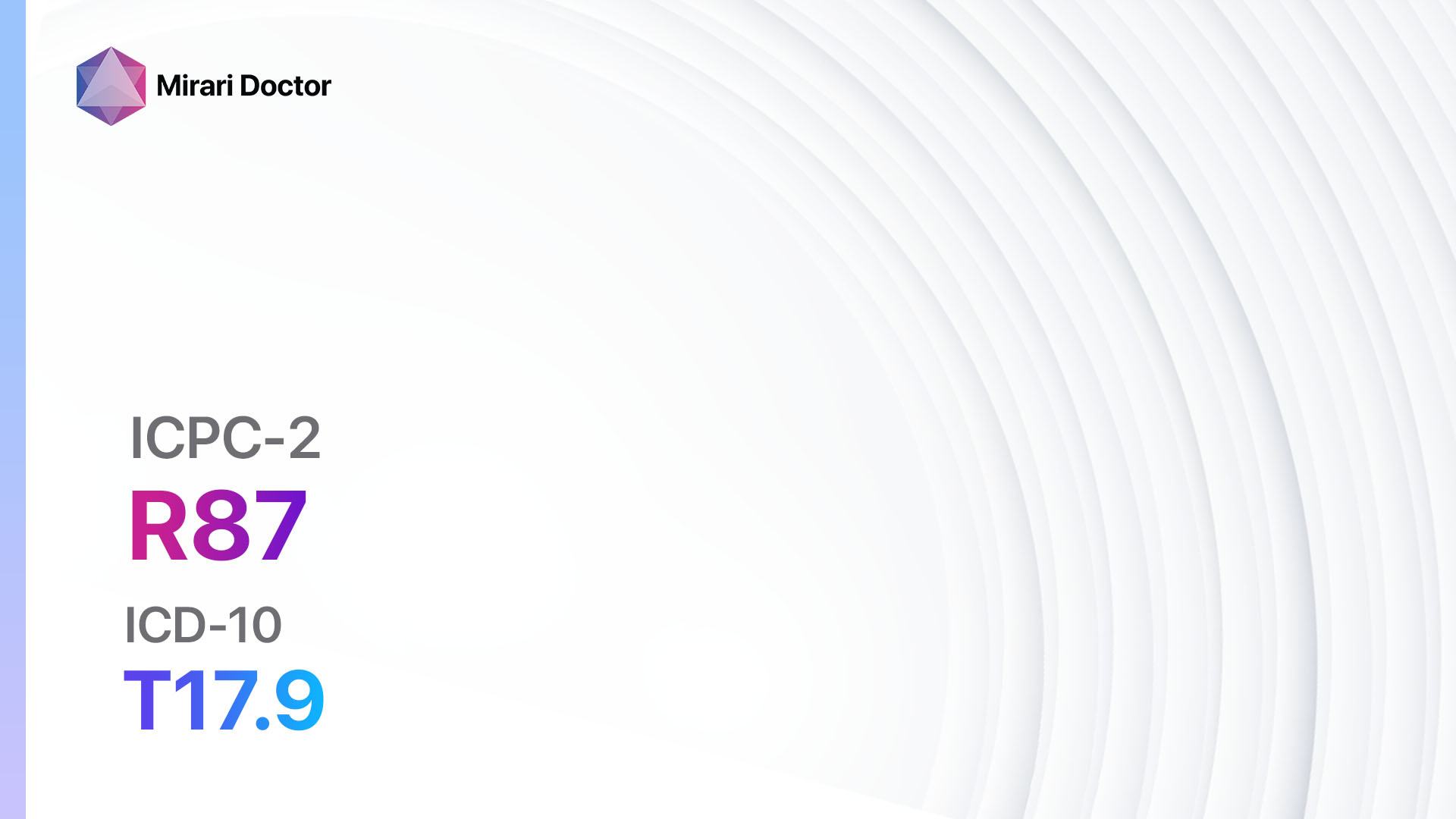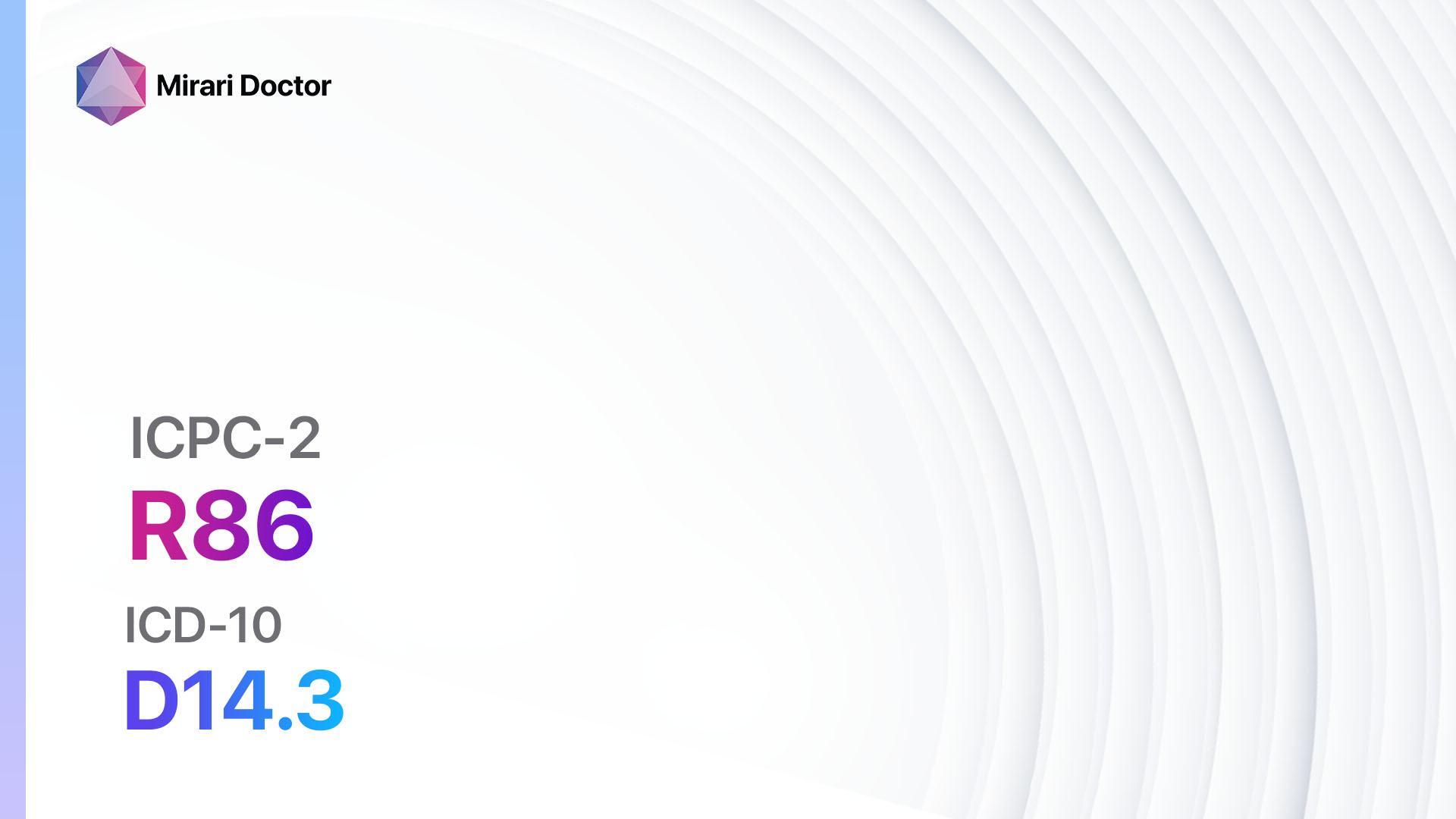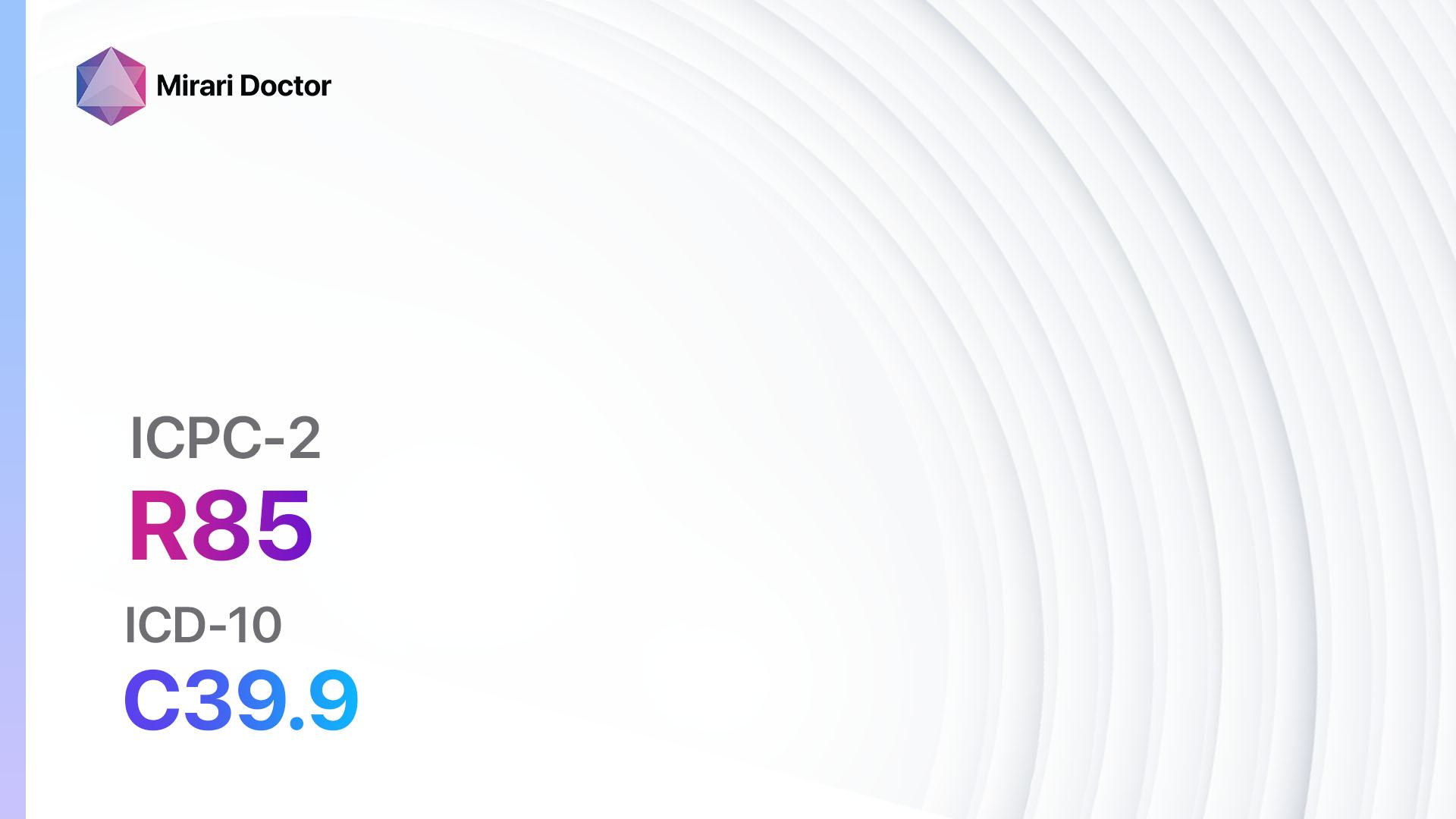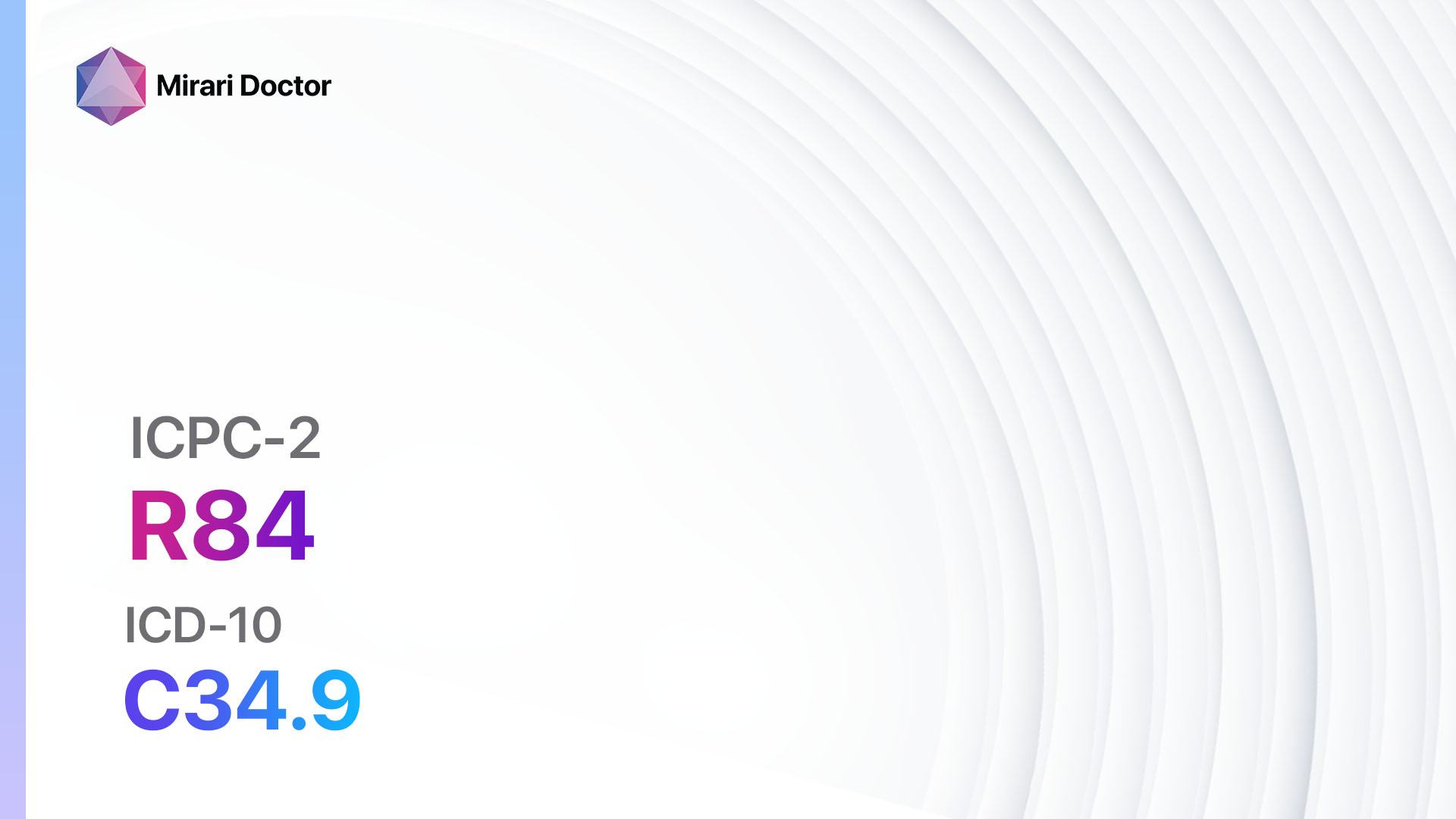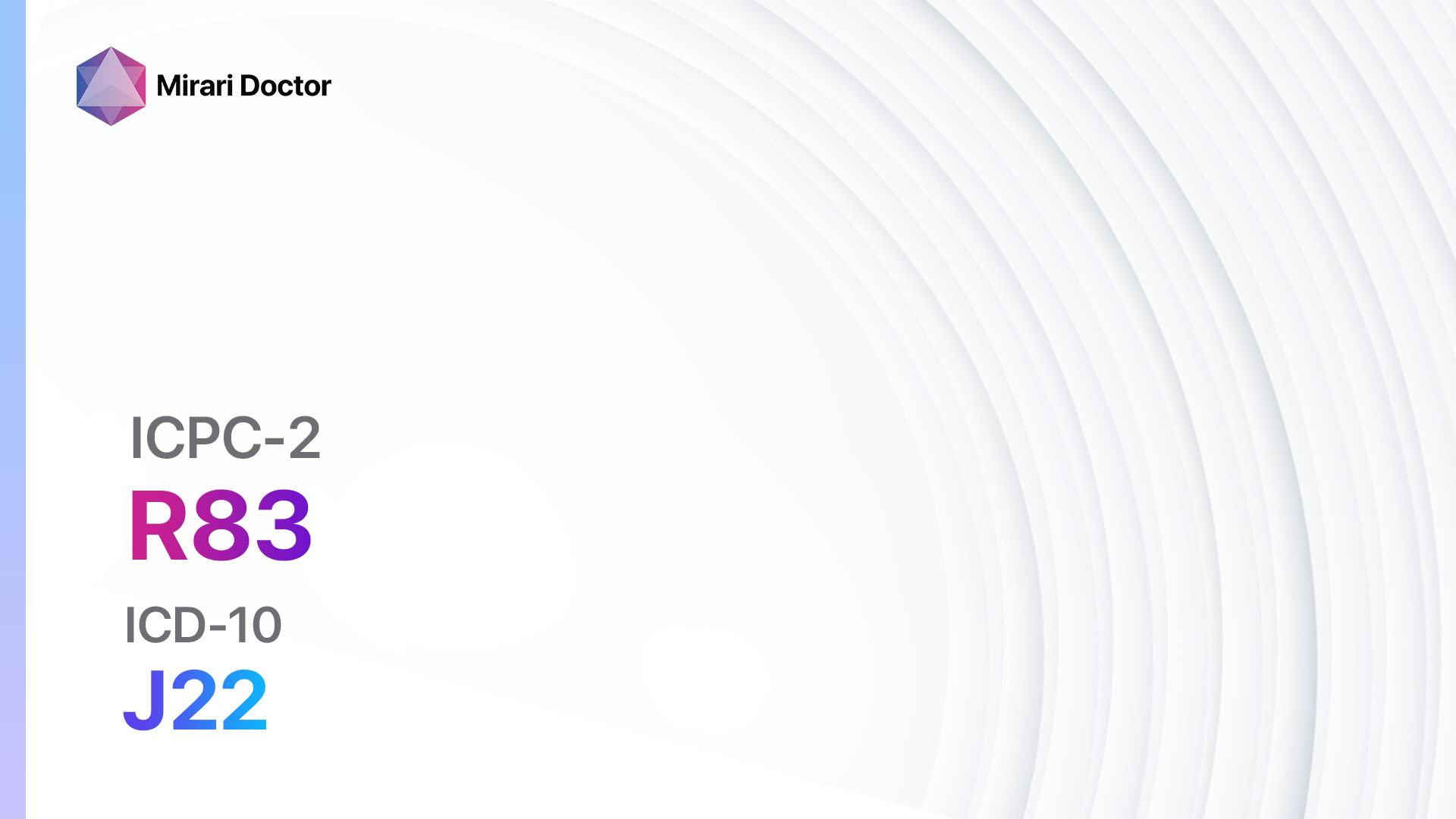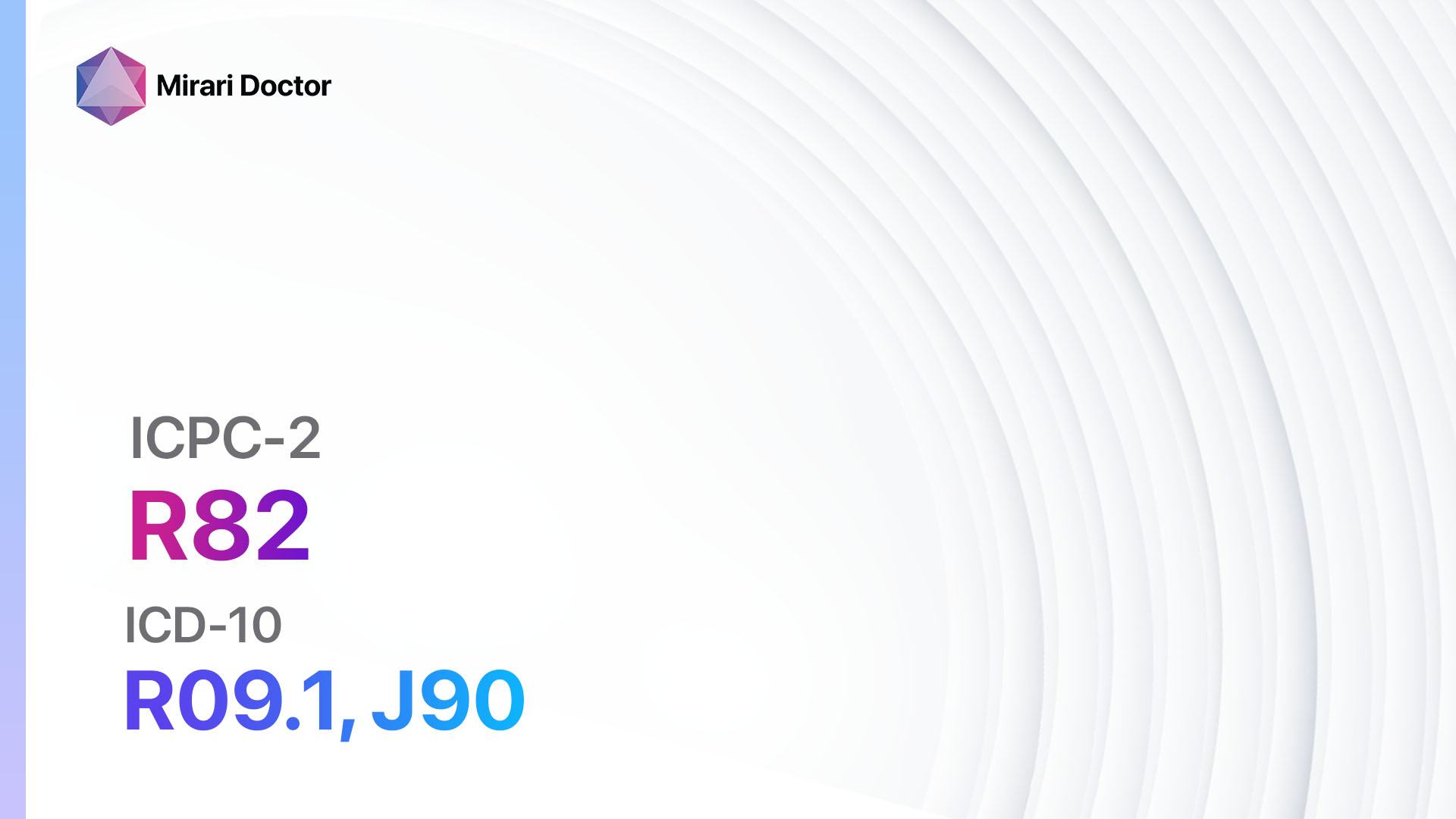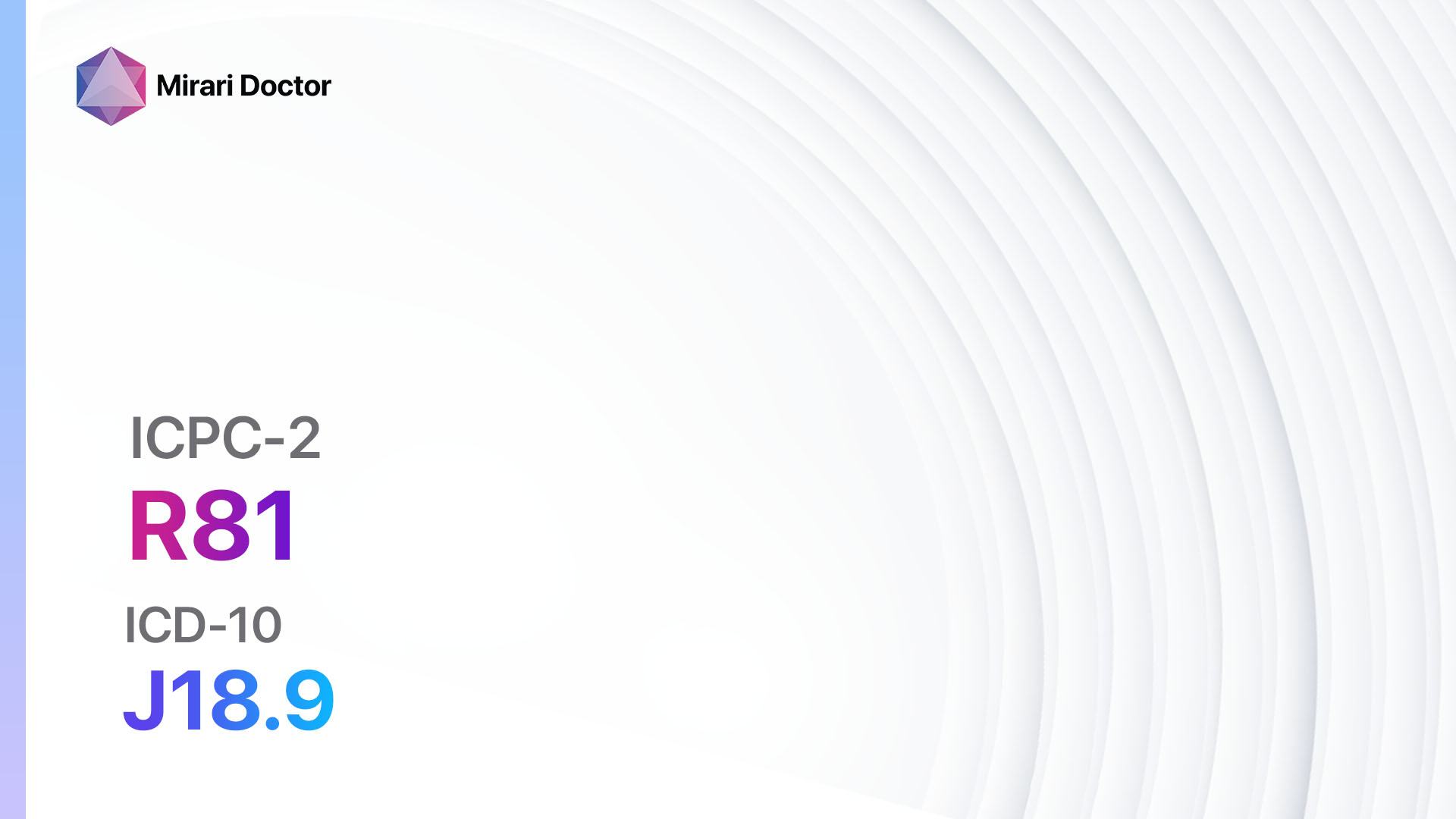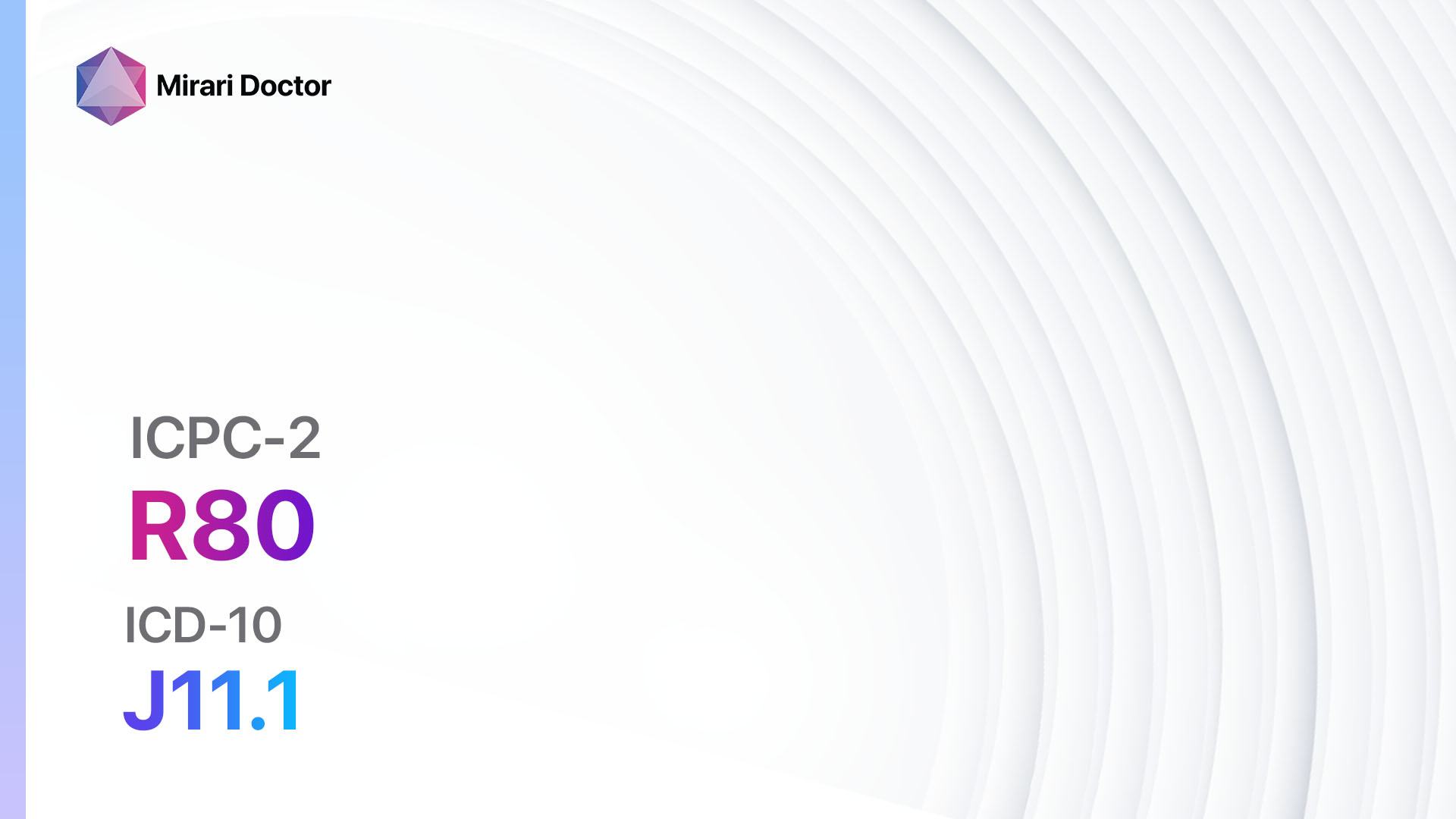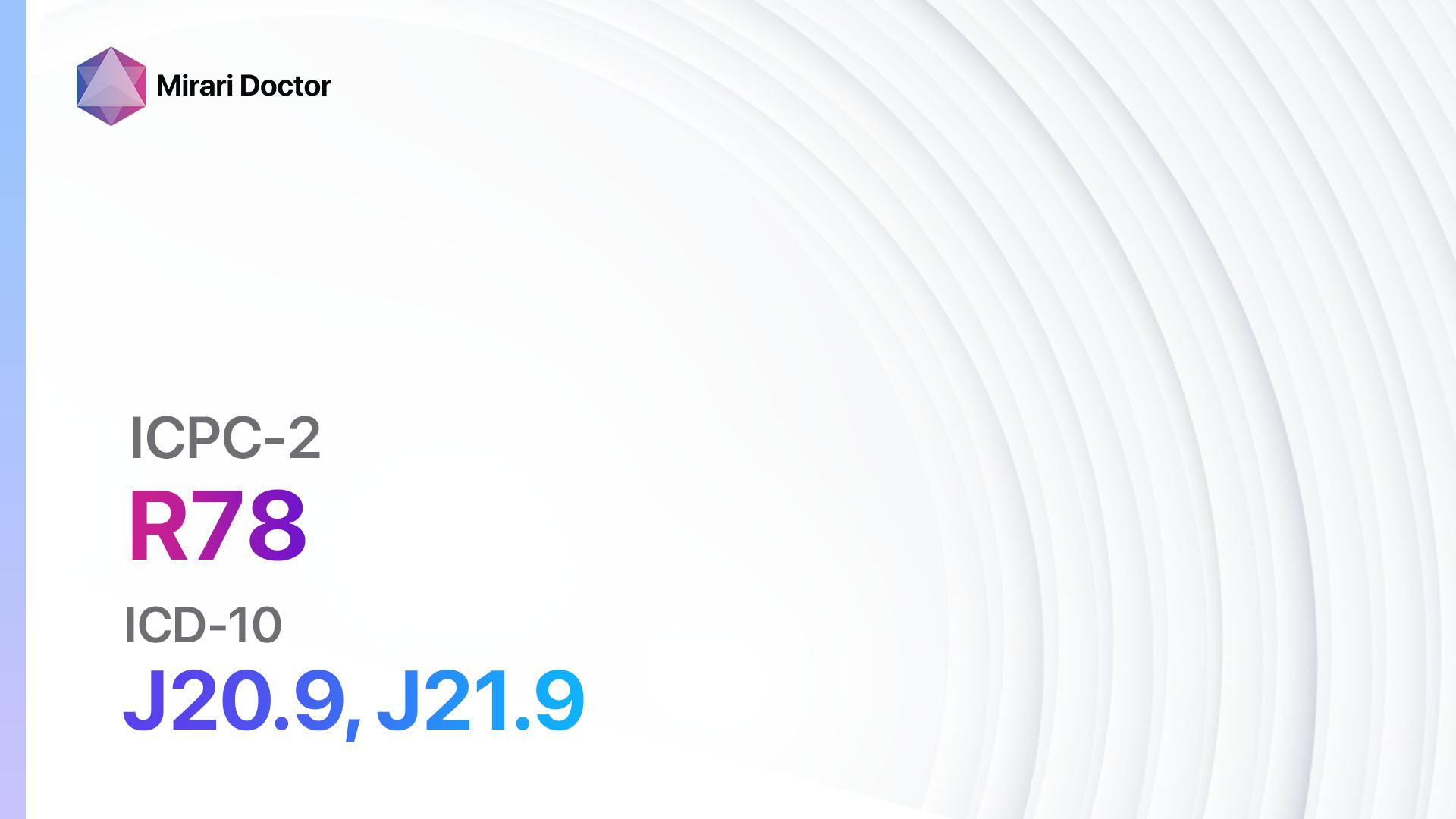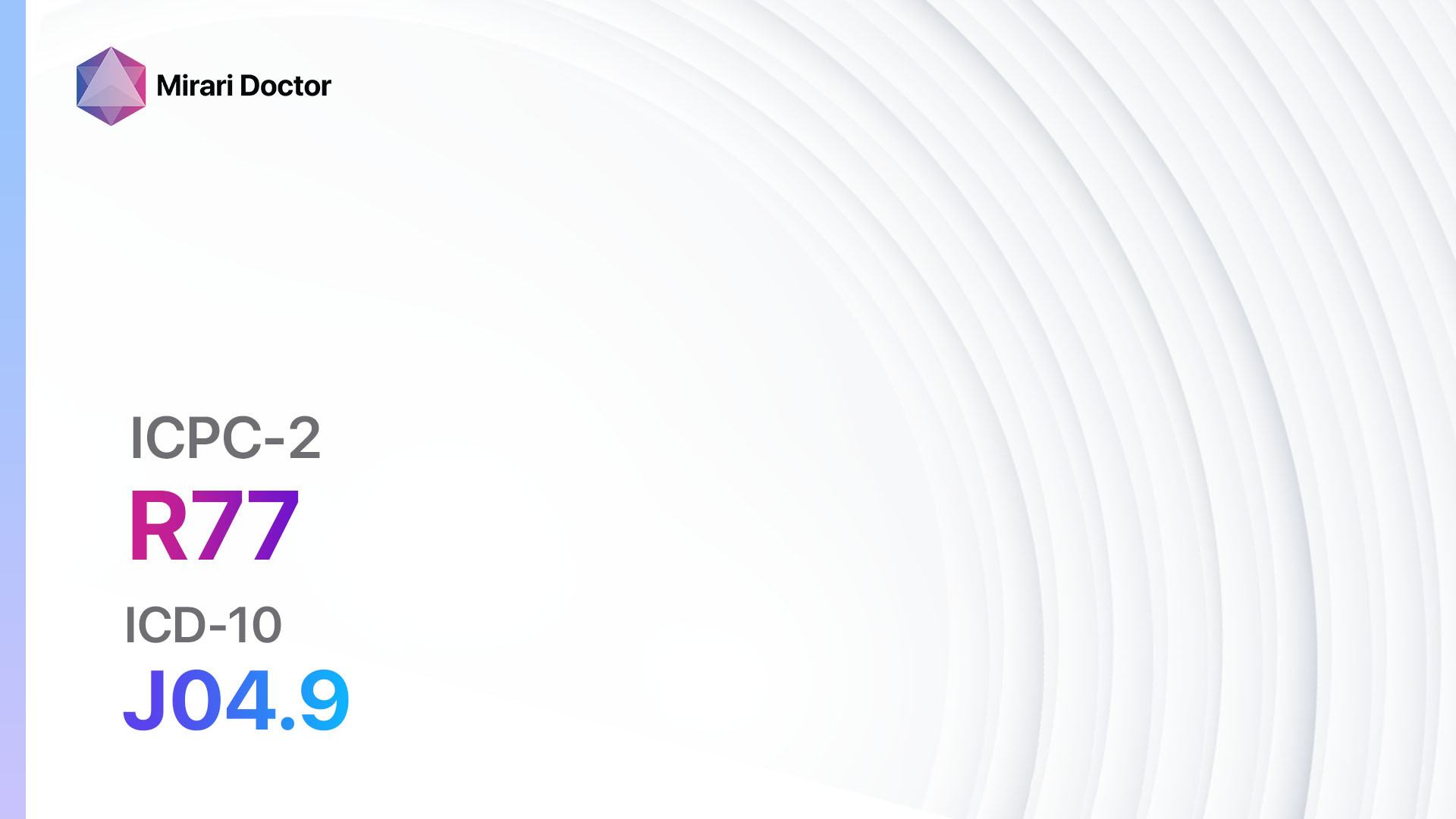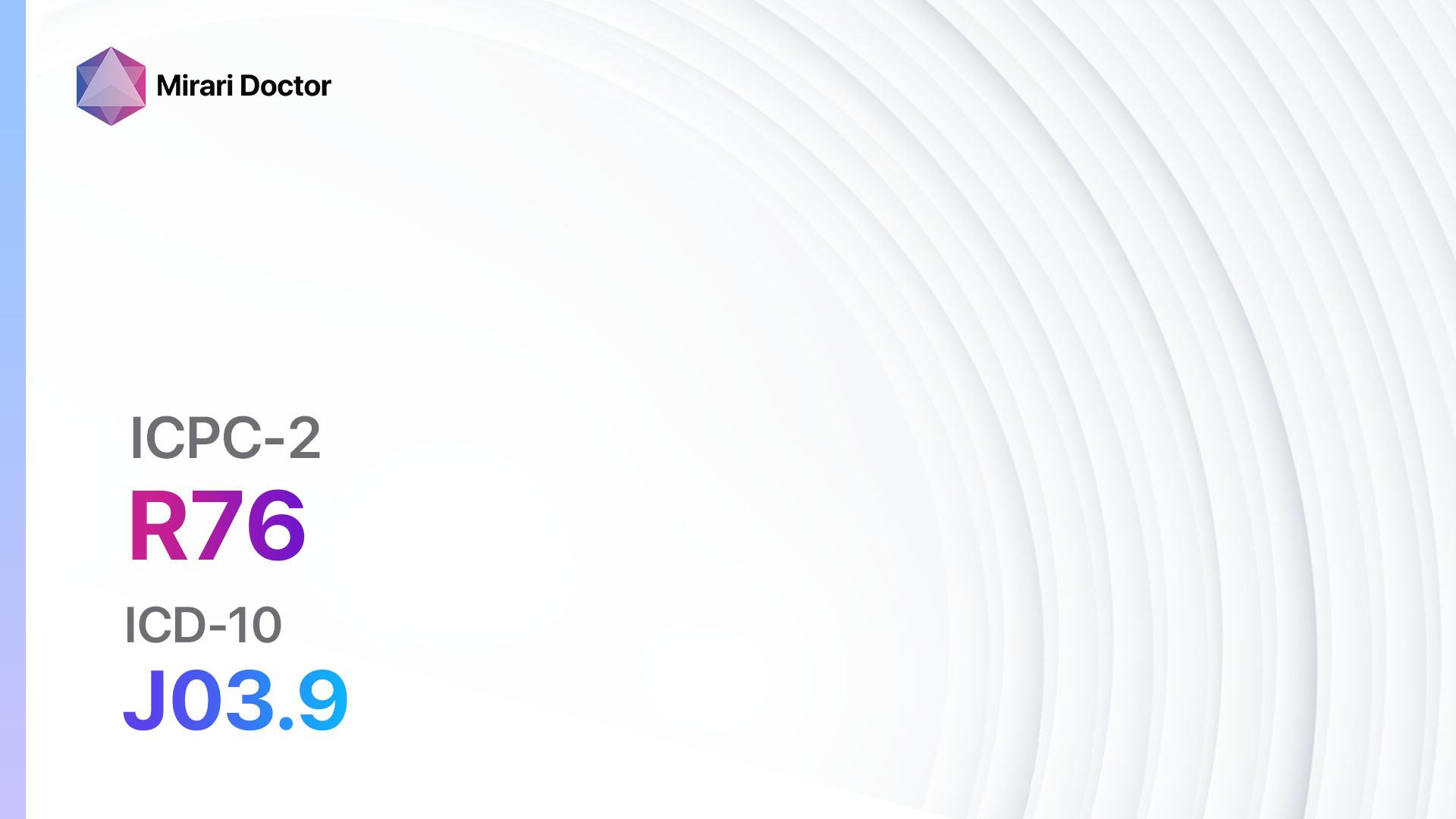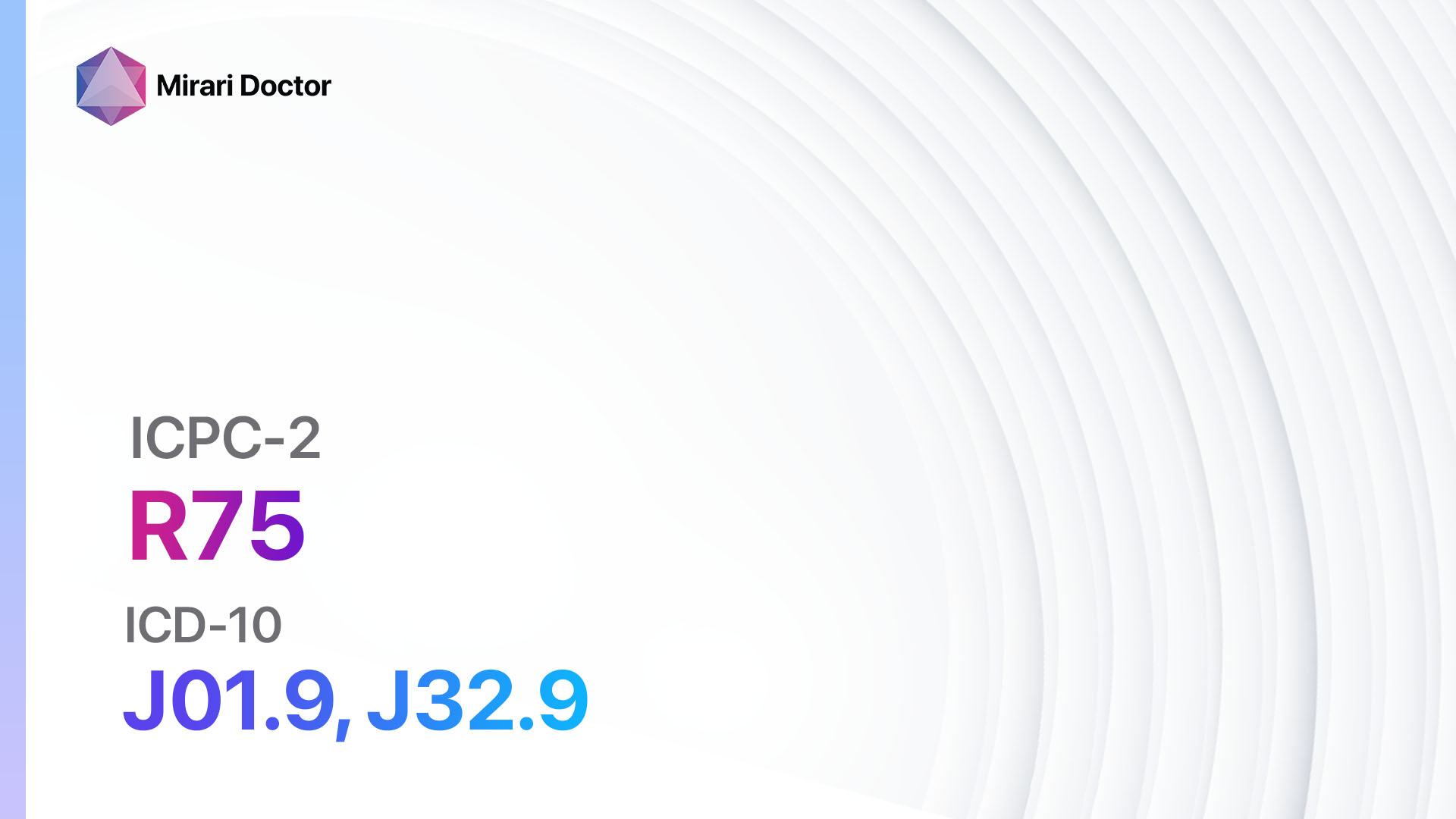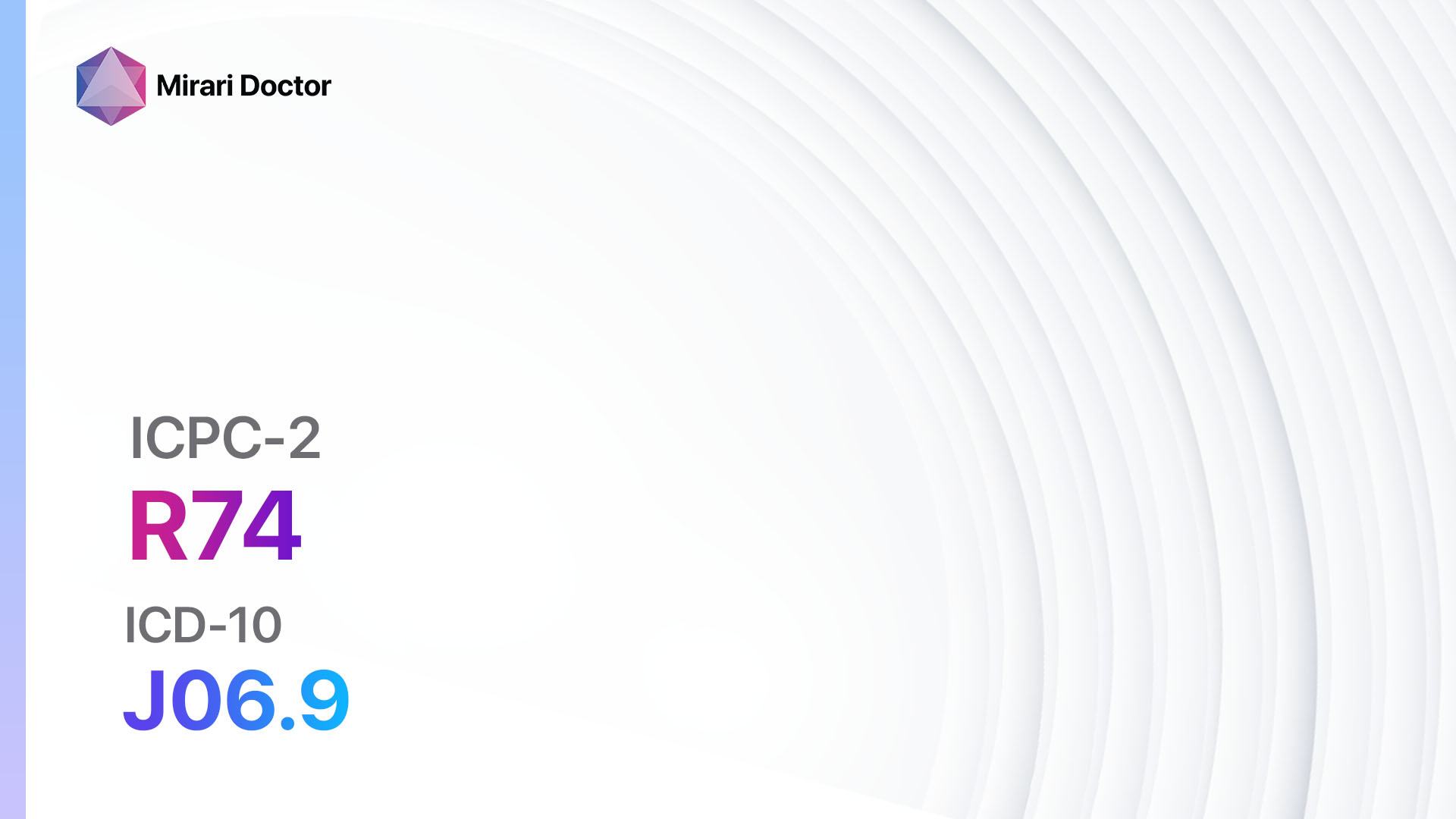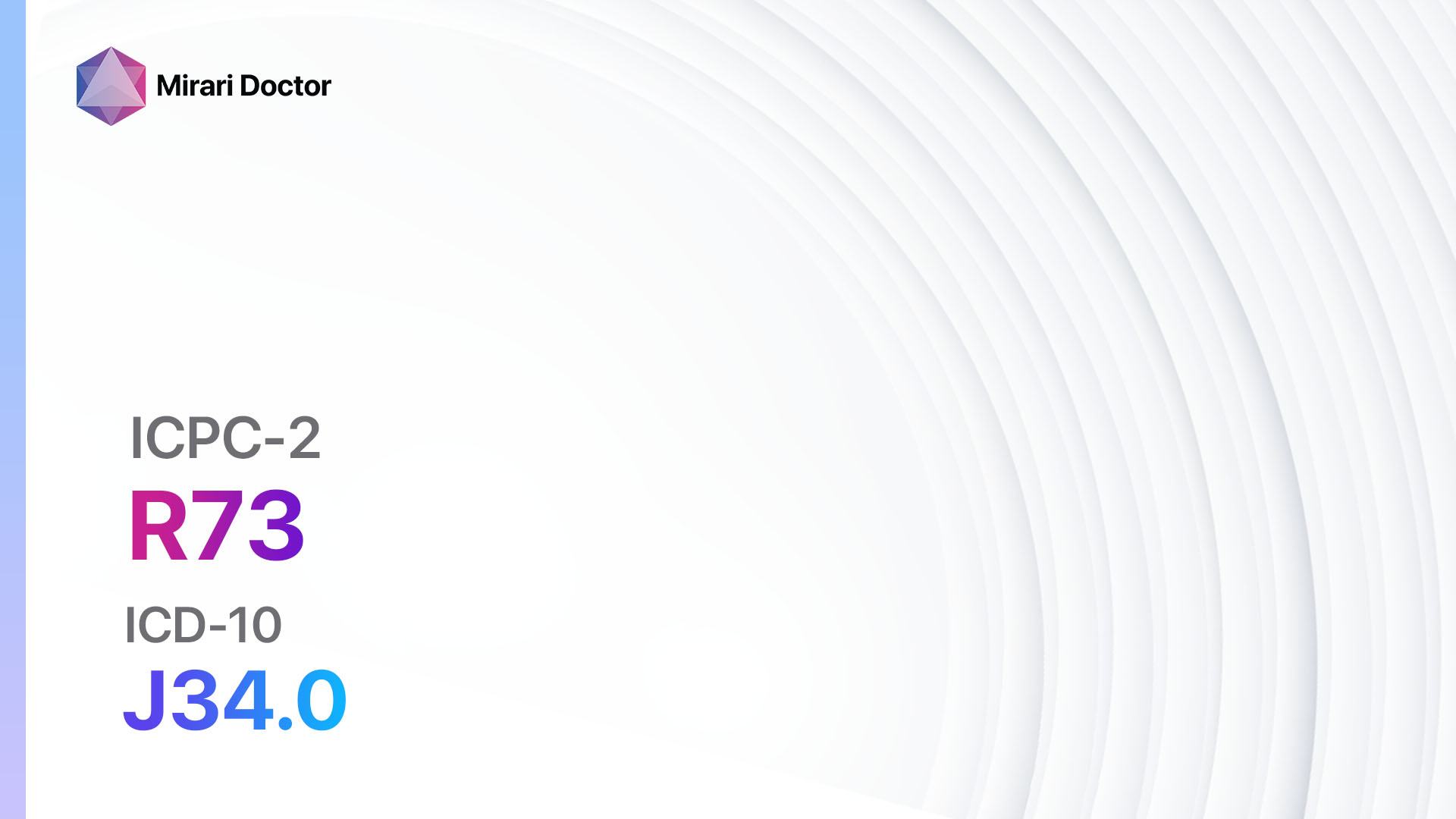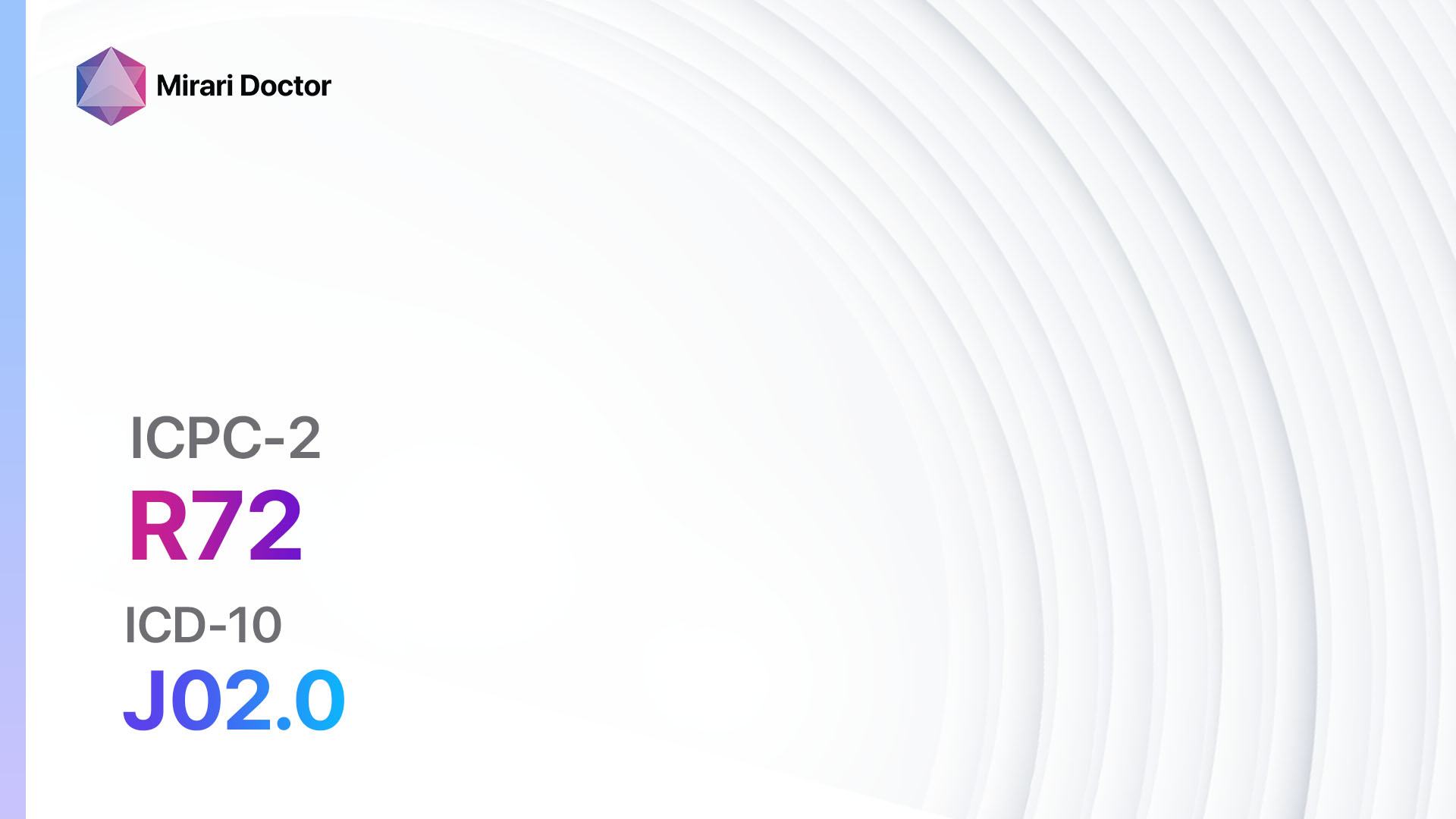
Introduction
Strep throat, also known as streptococcal pharyngitis, is a bacterial infection that causes inflammation and soreness in the throat. It is primarily caused by the group A Streptococcus bacteria. Strep throat is a common condition, especially in children and adolescents.[1] This guide aims to provide a comprehensive overview of the symptoms, causes, diagnostic steps, possible interventions, and patient education for strep throat.
Codes
Symptoms
- Sore throat: The most common symptom of strep throat is a severe sore throat that develops suddenly.[2]
- Difficulty swallowing: Swallowing may be painful and difficult due to the inflammation in the throat.
- Red and swollen tonsils: The tonsils may appear red and swollen, often with white patches or streaks of pus.[3]
- Swollen lymph nodes: The lymph nodes in the neck may become tender and enlarged.
- Fever: Strep throat is often accompanied by a high fever, typically above 101°F (38.3°C).
- Headache: Some individuals may experience headaches, especially in children.
- Rash: In some cases, a rash known as scarlet fever may develop, characterized by a red rash on the body.[4]
Causes
- Group A Streptococcus bacteria: Strep throat is primarily caused by the group A Streptococcus bacteria, specifically the Streptococcus pyogenes strain.[5]
- Person-to-person transmission: Strep throat is highly contagious and can spread through respiratory droplets when an infected person coughs or sneezes.
- Close contact: Sharing utensils, food, or drinks with an infected person can also lead to the transmission of the bacteria.[6]
Diagnostic Steps
Medical History
- Gather information about the patient’s symptoms, including the duration and severity of the sore throat, difficulty swallowing, and presence of fever.
- Inquire about any recent exposure to individuals with strep throat or other respiratory infections.
- Assess the patient’s medical history, including any previous episodes of strep throat or recurrent throat infections.[7]
Physical Examination
- Inspect the throat for signs of inflammation, such as redness, swelling, and white patches or streaks of pus on the tonsils.
- Palpate the neck to check for swollen and tender lymph nodes.
- Measure the patient’s body temperature to assess for the presence of fever.[8]
Laboratory Tests
- Rapid antigen test: A throat swab is taken to detect the presence of group A Streptococcus bacteria. This test provides quick results within minutes.
- Throat culture: If the rapid antigen test is negative but strep throat is still suspected, a throat culture may be performed. A swab is taken and sent to the laboratory for further analysis. Results may take 24 to 48 hours.[9]
Diagnostic Imaging
- Diagnostic imaging is not typically necessary for the diagnosis of strep throat. However, in rare cases where complications are suspected, such as peritonsillar abscess or retropharyngeal abscess, imaging modalities like CT scans may be used to assess the extent of the infection.[10]
Other Tests
- Additional tests may be performed to rule out other possible causes of sore throat, such as a throat swab for viral testing or a monospot test for infectious mononucleosis.
Follow-up and Patient Education
- Advise the patient to complete the full course of antibiotics as prescribed by the healthcare provider, even if symptoms improve before the medication is finished.
- Instruct the patient to practice good hygiene, such as covering the mouth and nose when coughing or sneezing, and washing hands frequently to prevent the spread of infection.
- Educate the patient about the importance of completing the full course of antibiotics to prevent complications and reduce the risk of spreading the infection to others.
- Inform the patient about the expected duration of symptoms and when to seek medical attention if symptoms worsen or do not improve after starting antibiotics.
Possible Interventions
Traditional Interventions
Medications:
Top 5 drugs for Strep throat:
- Penicillin VK (e.g., Penicillin V):
- Cost: Generic versions can range from $3 to $20 for a 10-day course.
- Contraindications: Hypersensitivity to penicillin or cephalosporins.
- Side effects: Nausea, vomiting, diarrhea, rash.
- Severe side effects: Severe allergic reactions, anaphylaxis.
- Drug interactions: None of significant clinical importance.
- Warning: Patients with a history of penicillin allergy should be closely monitored.
- Amoxicillin:
- Cost: Generic versions can range from $5 to $30 for a 10-day course.
- Contraindications: Hypersensitivity to penicillin or cephalosporins.
- Side effects: Nausea, vomiting, diarrhea, rash.
- Severe side effects: Severe allergic reactions, anaphylaxis.
- Drug interactions: None of significant clinical importance.
- Warning: Patients with a history of penicillin allergy should be closely monitored.
- Cephalexin:
- Cost: Generic versions can range from $10 to $40 for a 10-day course.
- Contraindications: Hypersensitivity to cephalosporins.
- Side effects: Nausea, vomiting, diarrhea, rash.
- Severe side effects: Severe allergic reactions, anaphylaxis.
- Drug interactions: None of significant clinical importance.
- Warning: Patients with a history of cephalosporin allergy should be closely monitored.
- Clarithromycin:
- Cost: Generic versions can range from $10 to $40 for a 10-day course.
- Contraindications: Hypersensitivity to macrolides.
- Side effects: Nausea, vomiting, diarrhea, abdominal pain.
- Severe side effects: Severe allergic reactions, hepatotoxicity.
- Drug interactions: Significant interactions with certain medications, such as statins and anticoagulants.
- Warning: Patients with liver disease or history of QT prolongation should be closely monitored.
- Azithromycin:
- Cost: Generic versions can range from $10 to $40 for a 5-day course.
- Contraindications: Hypersensitivity to macrolides.
- Side effects: Nausea, vomiting, diarrhea, abdominal pain.
- Severe side effects: Severe allergic reactions, hepatotoxicity.
- Drug interactions: Significant interactions with certain medications, such as statins and anticoagulants.
- Warning: Patients with liver disease or history of QT prolongation should be closely monitored.
Alternative Drugs:
- Clindamycin: Used for patients with penicillin allergy and confirmed group A Streptococcus infection.
- Cefuroxime: An alternative for patients with penicillin allergy and confirmed group A Streptococcus infection.
- Doxycycline: Used for patients older than 8 years who cannot tolerate penicillin or cephalosporins.
Surgical Procedures:
- Surgical intervention is not typically required for the treatment of strep throat. However, in rare cases where complications, such as peritonsillar abscess, occur, drainage of the abscess may be necessary.
Alternative Interventions
- Saltwater gargles: Gargling with warm saltwater can help soothe the throat and reduce inflammation. Cost: Minimal.
- Herbal teas: Drinking herbal teas, such as chamomile or licorice root tea, may provide temporary relief from throat discomfort. Cost: Varies depending on the specific herbal tea.
- Honey and lemon: Mixing honey and lemon in warm water can help soothe the throat and provide relief. Cost: Minimal.
- Throat lozenges: Sucking on throat lozenges or hard candies can temporarily relieve throat pain. Cost: Varies depending on the brand and quantity.
Lifestyle Interventions
- Rest: Adequate rest is essential for the body to recover from strep throat. Cost: None.
- Hydration: Drinking plenty of fluids, such as water, herbal tea, or warm soup, can help soothe the throat and prevent dehydration. Cost: Minimal.
- Humidifier: Using a humidifier or vaporizer in the room can help moisten the air and alleviate throat dryness. Cost: Varies depending on the type of humidifier.
- Avoid irritants: Encourage the patient to avoid smoking, exposure to secondhand smoke, and other irritants that can worsen throat symptoms. Cost: None.
- Warm compress: Applying a warm compress to the neck can help relieve pain and reduce inflammation. Cost: Minimal.
It is important to note that the cost ranges provided are approximate and may vary depending on the location and availability of the interventions.
Mirari Cold Plasma Alternative Intervention
Understanding Mirari Cold Plasma
- Safe and Non-Invasive Treatment: Mirari Cold Plasma is a safe and non-invasive treatment option for various skin conditions. It does not require incisions, minimizing the risk of scarring, bleeding, or tissue damage.
- Efficient Extraction of Foreign Bodies: Mirari Cold Plasma facilitates the removal of foreign bodies from the skin by degrading and dissociating organic matter, allowing easier access and extraction.
- Pain Reduction and Comfort: Mirari Cold Plasma has a local analgesic effect, providing pain relief during the treatment, making it more comfortable for the patient.
- Reduced Risk of Infection: Mirari Cold Plasma has antimicrobial properties, effectively killing bacteria and reducing the risk of infection.
- Accelerated Healing and Minimal Scarring: Mirari Cold Plasma stimulates wound healing and tissue regeneration, reducing healing time and minimizing the formation of scars.
Mirari Cold Plasma Prescription
Video instructions for using Mirari Cold Plasma Device – R72 Strep throat (ICD-10:J02.0)
| Mild | Moderate | Severe |
| Mode setting: 1 (Infection) Location: 6 (Throat, Lymphatic & Thyroid) Morning: 15 minutes, Evening: 15 minutes |
Mode setting: 1 (Infection) Location: 6 (Throat, Lymphatic & Thyroid) Morning: 30 minutes, Lunch: 30 minutes, Evening: 30 minutes |
Mode setting: 1 (Infection) Location: 6 (Throat, Lymphatic & Thyroid) Morning: 30 minutes, Lunch: 30 minutes, Evening: 30 minutes |
| Mode setting: 2 (Wound Healing) Location: 6 (Throat, Lymphatic & Thyroid) Morning: 15 minutes, Evening: 15 minutes |
Mode setting: 2 (Wound Healing) Location: 6 (Throat, Lymphatic & Thyroid) Morning: 30 minutes, Lunch: 30 minutes, Evening: 30 minutes |
Mode setting: 2 (Wound Healing) Location: 6 (Throat, Lymphatic & Thyroid) Morning: 30 minutes, Lunch: 30 minutes, Evening: 30 minutes |
| Mode setting: 7 (Immunotherapy) Location: 6 (Throat, Lymphatic & Thyroid) Morning: 15 minutes, Evening: 15 minutes |
Mode setting: 7 (Immunotherapy) Location: 6 (Throat, Lymphatic & Thyroid) Morning: 30 minutes, Lunch: 30 minutes, Evening: 30 minutes |
Mode setting: 7 (Immunotherapy) Location: 6 (Throat, Lymphatic & Thyroid) Morning: 30 minutes, Lunch: 30 minutes, Evening: 30 minutes |
| Total Morning: 45 minutes approx. $7.50 USD, Evening: 45 minutes approx. $7.50 USD |
Total Morning: 90 minutes approx. $15 USD, Lunch: 90 minutes approx. $15 USD, Evening: 90 minutes approx. $15 USD |
Total Morning: 90 minutes approx. $15 USD, Lunch: 90 minutes approx. $15 USD, Evening: 90 minutes approx. $15 USD |
| Usual treatment for 7-60 days approx. $105 USD – $900 USD | Usual treatment for 6-8 weeks approx. $1,890 USD – $2,520 USD |
Usual treatment for 3-6 months approx. $4,050 USD – $8,100 USD
|
 |
|
Use the Mirari Cold Plasma device to treat Strep throat effectively.
WARNING: MIRARI COLD PLASMA IS DESIGNED FOR THE HUMAN BODY WITHOUT ANY ARTIFICIAL OR THIRD PARTY PRODUCTS. USE OF OTHER PRODUCTS IN COMBINATION WITH MIRARI COLD PLASMA MAY CAUSE UNPREDICTABLE EFFECTS, HARM OR INJURY. PLEASE CONSULT A MEDICAL PROFESSIONAL BEFORE COMBINING ANY OTHER PRODUCTS WITH USE OF MIRARI.
Step 1: Cleanse the Skin
- Start by cleaning the affected area of the skin with a gentle cleanser or mild soap and water. Gently pat the area dry with a clean towel.
Step 2: Prepare the Mirari Cold Plasma device
- Ensure that the Mirari Cold Plasma device is fully charged or has fresh batteries as per the manufacturer’s instructions. Make sure the device is clean and in good working condition.
- Switch on the Mirari device using the power button or by following the specific instructions provided with the device.
- Some Mirari devices may have adjustable settings for intensity or treatment duration. Follow the manufacturer’s instructions to select the appropriate settings based on your needs and the recommended guidelines.
Step 3: Apply the Device
- Place the Mirari device in direct contact with the affected area of the skin. Gently glide or hold the device over the skin surface, ensuring even coverage of the area experiencing.
- Slowly move the Mirari device in a circular motion or follow a specific pattern as indicated in the user manual. This helps ensure thorough treatment coverage.
Step 4: Monitor and Assess:
- Keep track of your progress and evaluate the effectiveness of the Mirari device in managing your Strep throat. If you have any concerns or notice any adverse reactions, consult with your health care professional.
Note
This guide is for informational purposes only and should not replace the advice of a medical professional. Always consult with your healthcare provider or a qualified medical professional for personal advice, diagnosis, or treatment. Do not solely rely on the information presented here for decisions about your health. Use of this information is at your own risk. The authors of this guide, nor any associated entities or platforms, are not responsible for any potential adverse effects or outcomes based on the content.
Mirari Cold Plasma System Disclaimer
- Purpose: The Mirari Cold Plasma System is a Class 2 medical device designed for use by trained healthcare professionals. It is registered for use in Thailand and Vietnam. It is not intended for use outside of these locations.
- Informational Use: The content and information provided with the device are for educational and informational purposes only. They are not a substitute for professional medical advice or care.
- Variable Outcomes: While the device is approved for specific uses, individual outcomes can differ. We do not assert or guarantee specific medical outcomes.
- Consultation: Prior to utilizing the device or making decisions based on its content, it is essential to consult with a Certified Mirari Tele-Therapist and your medical healthcare provider regarding specific protocols.
- Liability: By using this device, users are acknowledging and accepting all potential risks. Neither the manufacturer nor the distributor will be held accountable for any adverse reactions, injuries, or damages stemming from its use.
- Geographical Availability: This device has received approval for designated purposes by the Thai and Vietnam FDA. As of now, outside of Thailand and Vietnam, the Mirari Cold Plasma System is not available for purchase or use.
References
- Centers for Disease Control and Prevention. (2022). Strep Throat: All You Need to Know. Retrieved from https://www.cdc.gov/groupastrep/diseases-public/strep-throat.html
- Mayo Clinic. (2021). Strep throat. Retrieved from https://www.mayoclinic.org/diseases-conditions/strep-throat/symptoms-causes/syc-20350338
- American Academy of Pediatrics. (2021). Strep Throat. Retrieved from https://www.healthychildren.org/English/health-issues/conditions/throat-chest-lungs/Pages/Strep-Throat.aspx
- National Health Service. (2021). Scarlet fever. Retrieved from https://www.nhs.uk/conditions/scarlet-fever/
- World Health Organization. (2022). Streptococcus pyogenes (group A streptococcus). Retrieved from https://www.who.int/news-room/fact-sheets/detail/streptococcus-pyogenes-(group-a-streptococcus)
- Wessels, M. R. (2011). Streptococcal Pharyngitis. New England Journal of Medicine, 364(7), 648-655.
- Shulman, S. T., et al. (2012). Clinical Practice Guideline for the Diagnosis and Management of Group A Streptococcal Pharyngitis: 2012 Update by the Infectious Diseases Society of America. Clinical Infectious Diseases, 55(10), e86-e102.
- Choby, B. A. (2009). Diagnosis and Treatment of Streptococcal Pharyngitis. American Family Physician, 79(5), 383-390.
- Cohen, J. F., et al. (2016). Rapid antigen detection test for group A streptococcus in children with pharyngitis. Cochrane Database of Systematic Reviews, 7, CD010502.
- Centor, R. M., & Samlowski, R. (2011). Avoiding Sore Throat Morbidity and Mortality: When Is It Not “Just a Sore Throat?”. American Family Physician, 83(1), 26-28.
Related articles
Made in USA


